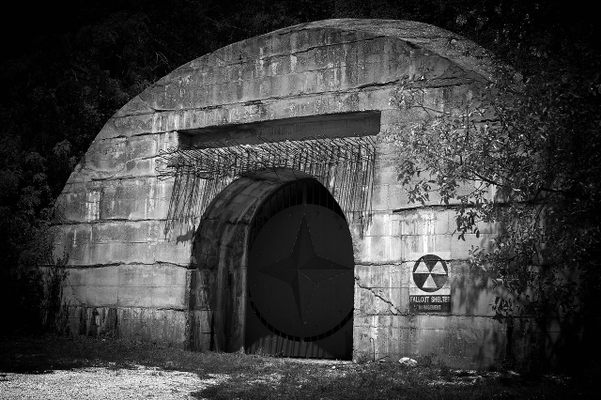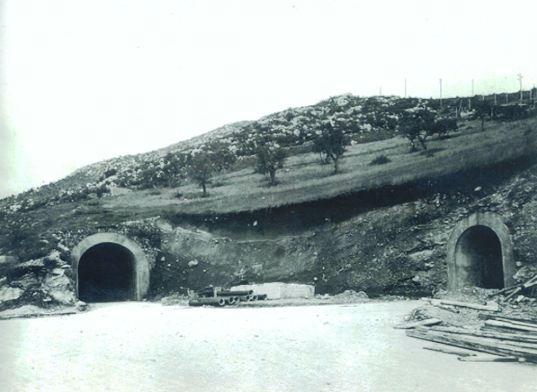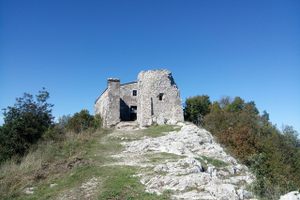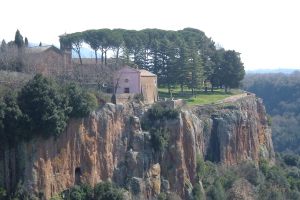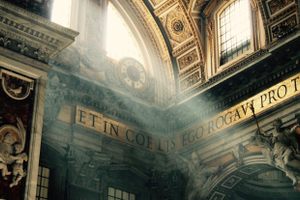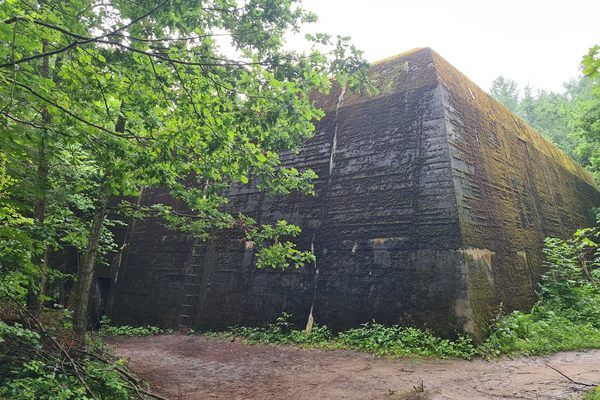About
The lonely limestone mountain of Mount Soratte (ancient Soracte) looms on the horizon north of Rome and although its height is modest (just under 700 meters), its peculiar isolation and history enhance its mysterious aura. Goethe in his Italian Journey, described the mountain in these terms: “Soracte stands out by itself in magnificent solitude. Probably this mountain is made of limestone and belongs to the Apennines.”
On its southern ridge lies the town of Sant’Oreste, named after a Christian who was martyred in the region. Prior to the Christian age, the Italic and Etruscan people, and later the Romans, worshipped the god Soranus and the wolf-priests of Soranus. Followers were said to walk barefoot on embers during yearly rituals on the top of the mountain.
In the age of Constantine according to legends, Christians escaping the emperor’s persecutions fled to the mountain. Saint Sylvester, later to become the first Pope of the Christian age, founded a church on the mountain over the remains of the temple of Apollo. Four more hermitages are located on the mountain, although mostly in ruins.
In 1937, the Italian government dug a series of underground galleries that were used as bunkers during World War II by the German army. At the time, they were under the command of Field Marshal Albert Kesselring. They occupied the mountain until the bombings of 1944.
In the 1960s, the forgotten bunkers were turned into fallout shelters for the Italian government if Rome was bombed during the Cold War. Four kilometers of this underground network can now be visited.
Related Tags
Know Before You Go
Local cultural associations and tourist guides organize regular visits.
Flavors of Italy: Roman Carbonara, Florentine Steak & Venetian Cocktails
Savor local cuisine across Rome, Florence & Venice.
Book NowCommunity Contributors
Added By
Published
December 21, 2020
